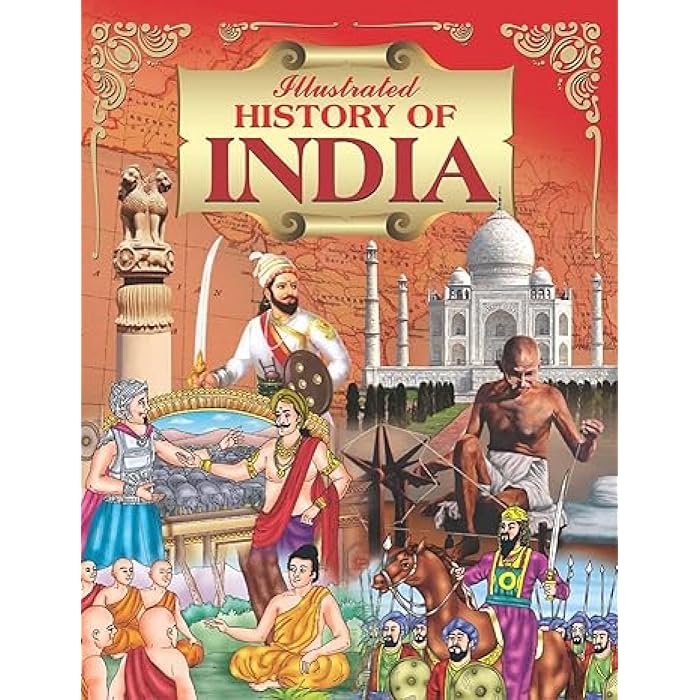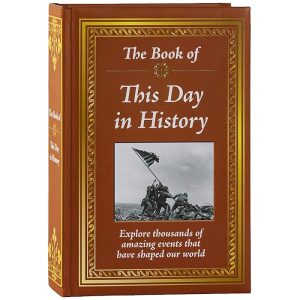Description
The **Illustrated History of India** provides a visual journey through India’s rich and complex past. From ancient civilizations to modern times, it showcases key events, figures, and cultural milestones. Here’s a brief outline of India’s history, complemented by visual elements:
### 1. **Ancient India: Indus Valley Civilization (3300–1300 BCE)**
– **Key Feature**: The Indus Valley Civilization is one of the world’s earliest urban cultures, with advanced urban planning, drainage systems, and sophisticated craftsmanship.
– **Illustration**: A bustling city with large brick houses, markets, and intricate seals depicting animals and human figures.
### 2. **Vedic Period (1500–500 BCE)**
– **Key Feature**: The arrival of the Indo-Aryans and the composition of the Vedas, which laid the foundation for Hinduism.
– **Illustration**: Scenes of Vedic rituals, such as fire sacrifices, and scholars studying the Vedas under a banyan tree.
### 3. **Maurya Empire (322–185 BCE)**
– **Key Feature**: Under Emperor Ashoka, India became one of the largest empires, and Buddhism spread across Asia.
– **Illustration**: A monumental Ashoka pillar and the spread of Buddhist teachings.
### 4. **Gupta Empire (320–550 CE)**
– **Key Feature**: Known as the “Golden Age” of India, with significant advancements in science, mathematics, astronomy, and art.
– **Illustration**: Scholars like Aryabhata working on mathematical texts, beautiful temple architecture, and golden coins.
### 5. **Medieval India: Delhi Sultanate (1206–1526)**
– **Key Feature**: A series of Muslim dynasties that ruled parts of northern India, introducing Islamic culture.
– **Illustration**: The construction of grand mosques and the iconic Qutub Minar.
### 6. **Mughal Empire (1526–1857)**
– **Key Feature**: A prosperous period marked by architectural wonders, religious tolerance, and cultural flourishing.
– **Illustration**: The Taj Mahal, Emperor Akbar’s court with its multicultural atmosphere, and the Mughal miniature art.
### 7. **British Colonial Period (1858–1947)**
– **Key Feature**: India came under British rule, which led to significant changes in economy, society, and culture, alongside growing resistance.
– **Illustration**: The British Raj with images of colonial buildings, protests by Indian freedom fighters, and the Indian Rebellion of 1857.
### 8. **Indian Independence (1947)**
– **Key Feature**: India gained independence from British colonial rule after a long struggle led by figures like Mahatma Gandhi.
– **Illustration**: The moment of independence with crowds celebrating, and the partition of India in 1947.
### 9. **Post-Independence India (1947–Present)**
– **Key Feature**: India emerged as a democratic republic and developed into a global power with achievements in various fields.
– **Illustration**: Modern India, with images of technology, industrial growth, and vibrant festivals.





Reviews
There are no reviews yet.